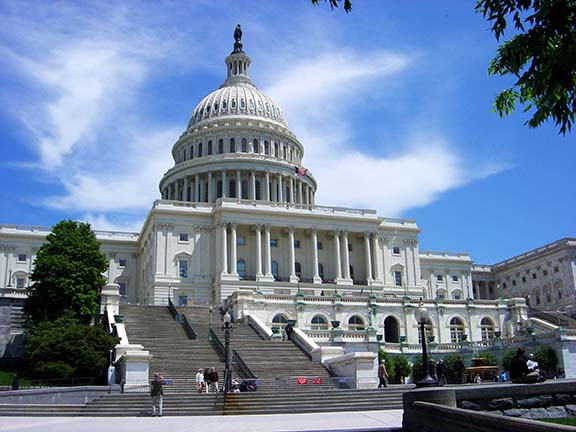
In a set of decisions that could potentially slow GPS modernization both the House and Senate Appropriations Committees this week slashed funding for the civil community’s contribution to the GPS system from the Fiscal Year 2014 (FY14) budget.
The House eliminated the entire amount of the White House budget request for $20 million, which is paid through the Federal Aviation Administration (FAA). The Senate cut a mere $5 million — 25 percent of what had been the requested.
In a set of decisions that could potentially slow GPS modernization both the House and Senate Appropriations Committees this week slashed funding for the civil community’s contribution to the GPS system from the Fiscal Year 2014 (FY14) budget.
The House eliminated the entire amount of the White House budget request for $20 million, which is paid through the Federal Aviation Administration (FAA). The Senate cut a mere $5 million — 25 percent of what had been the requested.
“They just whacked the FAA,” said one expert familiar with the budget. The House also moved to cut the $10- million budget request for the Wide Area Augmentation System (WAAS) by $29 million or about 30 percent, although the agency’s GPS-based next-generation air traffic management system (NextGen) appears to have done better. The Senate proposed a more modest $9 million reduction in WAAS.
The cuts came on top of what was already an exceptionally lean White House spending proposal. Previous requests for civil funding had been in the $40 million to $50 million range and the GPS community had been expecting roughly the same this year. Civil funding had sustained substantial cuts in each of the previous three years and more money, not less, was needed to get modernization programs back on track, experts agreed.
The Next Generation Operational Control System or OCX is now so far behind that it will not be fully ready when the GPS III satellites are available for launch. OCX is required to control the GPS III satellites.
The Air Force was unable to comment by press time on the effect of the proposed FY14 cuts.
The civil community was supposed to contribute a total of $235.5 million to the GPS program to help pay for civil signals and, in particular, civil signal monitoring. The idea, originated by the Bush administration, was supposed to give the civil agencies “skin in the game” and a certain amount of leverage with the GPS program’s military managers.
The shortfall will top $80 million by FY14 unless the reductions are reconsidered — and that assumes the House agrees with the Senate’s less drastic cuts. If the House prevails the civil community will be behind early $100 million.
In past years the reasons for the cuts varied. In the beginning the money was not really needed. OCX had gotten a late start; so, delaying the funding seemed appropriate, or at least acceptable.
It was understood, however, that it was essential to make that money up later on in order to keep OCX on schedule — a plan that failed in execution. In FY12 the civil funding request of $50.3 million was slashed to just $19 million because the Department of Defense (DoD) was holding “a significant unobligated balance” in the GPS program.
That was the same reason House appropriators gave when they cut funding again the following year. Only $19 million remained of the FY13 request of $40 million.
Members of the GPS community who talked to Inside GNSS seemed surprised that the civil funds were again reduced. Though the GPS Directorate had indeed allowed civil money to pile up in years past, every source agreed that the issue had since been addressed.
But other fiscal forces were afoot this year, a congressional staffer familiar with the cuts explained — there just wasn’t enough money to go around.
The cut was “allocation derived,” said the House staffer, who spoke on condition of anonymity. “We just didn’t have enough money.”
The committee had to find ways to cut $623 million from the White House request for FAA facilities and equipment in which the civil GPS funding resides, the staffer pointed out — an amount that was $575 million less than what the committee agreed to allocate last year. They made a particular effort to “keep everything in NextGen that was deployed.”
Should more money be found, they might reconsider the reductions, said the staffer, who suggested that the Department of Defense might make up the shortfall.
Although that has happened in the past, no one should assume it would happen again, commented a GPS expert who follows the budget closely.
“That’s real money,” said the expert. “The Department of Defense is getting serious about not coming through if the civil agencies do not come up with the funding. These are tight funding times across the board and the Air Force is dealing with budget reductions. They can’t just step up and fill the gap for the civil agencies.”




